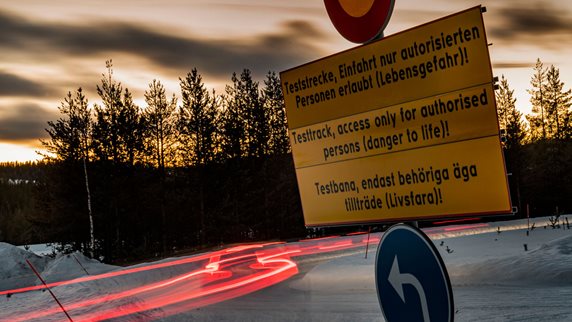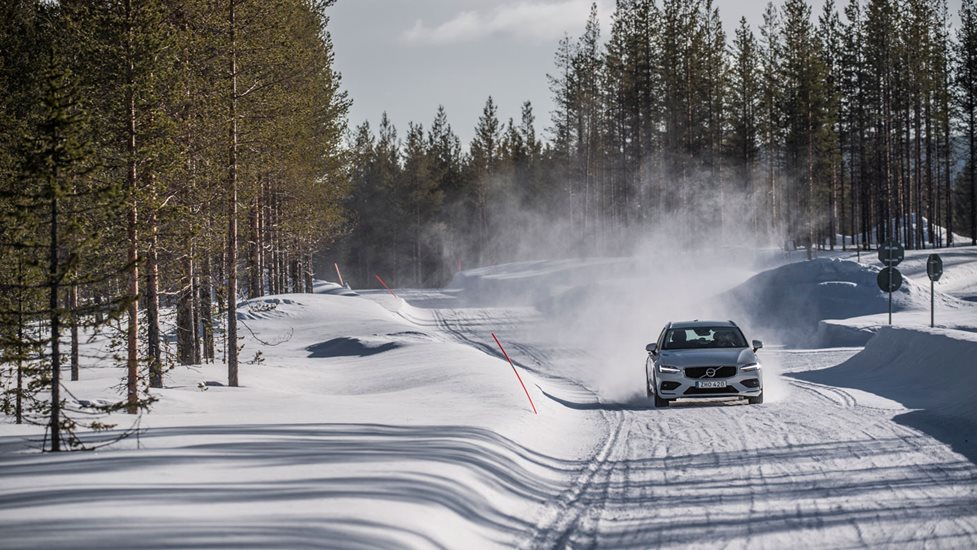
Another winter and another round of tire tests to go with it. The biggest news for 2019 is Continental’s debut of a technological leap with their FlexStud, incorporating a stud base made of rubber instead of metal. Continental claims this new stud design provides better grip on ice and improved longevity, along with reductions in road wear and interior noise. Let’s see what the NAF found regarding these claims.
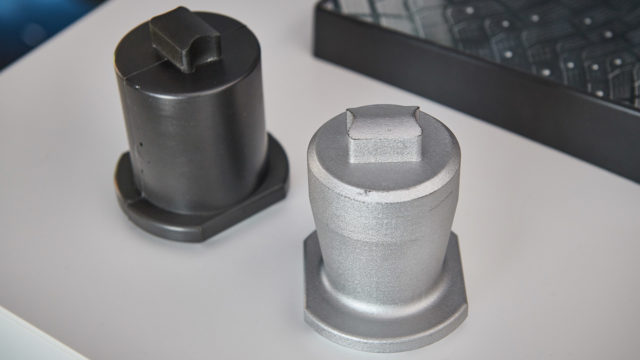
Studded Tires
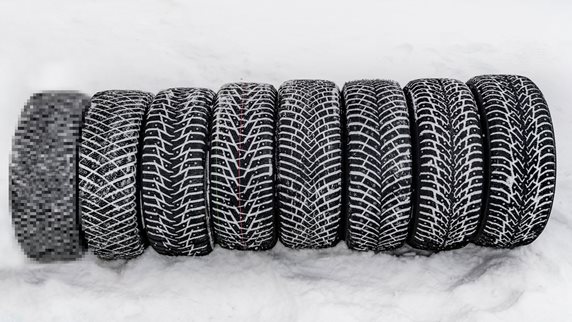
1st Place: Continental IceContact 3 Flexstud
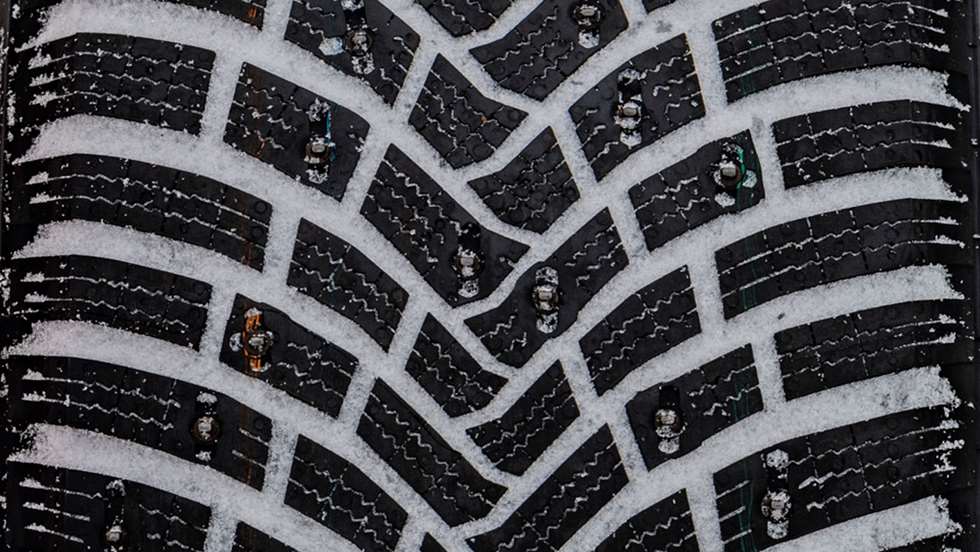
The NAF found a runaway winner with the Continental IceContact 3. It swept the braking tests as the best studded tire in every condition: ice, snow, wet pavement, and dry pavement. Surely the first time that has happened in a major winter tire test. It was unquestionably the best tire in winter conditions, accelerating the fastest on both snow and ice and posting the lowest lap times on both the snow course and the ice course. Your ears suffer very little in exchange for this performance; it was the second quietest studded tire, behind only the Michelin.
The one drawback of this tire is the steering feel on dry roads. It is so soft and heavily siped that it feels mushy when pushed hard on high-grip surfaces. It tied the lowly Sailun for last in the subjective dry road feel category.
Unfortunately, the Continental IceContact 3 is not available in Canada.
2nd Place: Michelin X-Ice North 4
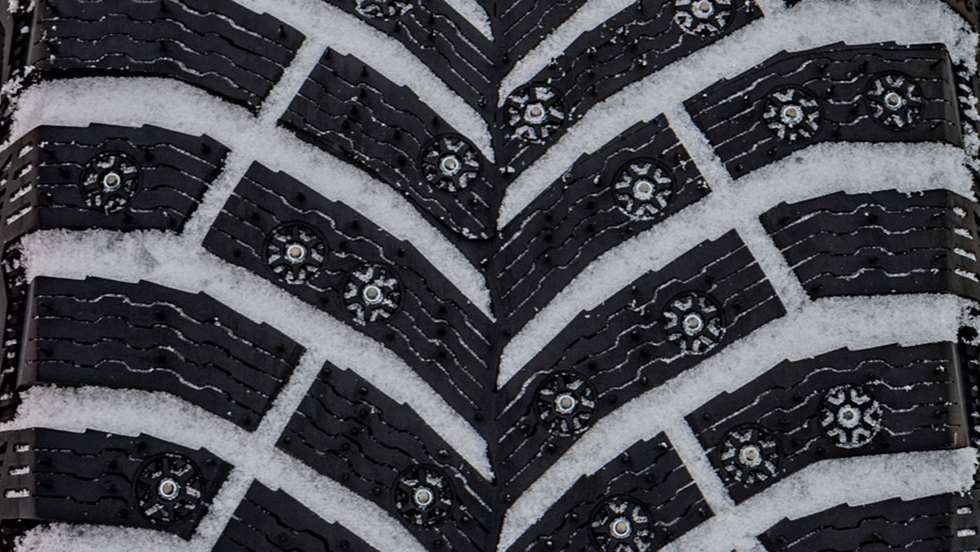
While the tires around it change, the Michelin X-Ice North 4 holds position as the second-ranked winter tire.
The Michelin’s ice and snow performance trailed only that of the first place Continental. On dry roads, it was the tester’s favorite, providing the best stability and the quietest ride.
2020 Update: the Michelin X-Ice North 4 is now available in Canada! It is sold at PMC Tire or your local or online Michelin dealer.
3rd Place*: The Joker

The studded and studless tires are normally tested separately and ranked against their own kind. This year, the testers decided to mix things up a bit by including last year’s best studless tire – the Continental VikingContact 7 – in the studded test.
The VikingContact 7 performed well in all the winter conditions, even winning the ice course competition. It was also tops in dry braking. The only areas it suffered against the studded competition were in the wet: it hydroplaned the easiest and posted the worst time on the wet road course.
However, there is a caveat attached to this impressive result. The ice test surfaces were cold and rough. Temperatures were in the -7C to -14C range and the ice course was chewed up by the studded tires, allowing the rubber more grip than it would have on smoother or warmer ice. Had the testing been performed on the really slippery stuff – smooth ice closer to 0C – the studless tire would not have been competitive.
Even with favorable conditions for the studless tire, it still required the touch of an expert professional driver to get the most out of it. They warned that additional caution was necessary because once the tire loses its static friction and slips, the recovery time during braking and steering can be alarmingly long in comparison to that of a studded tire, which will simply dig back in instead of relying on the transition from dynamic friction back to static friction.
Still, the result shows that a good studless tire can offer performance rivaling the best studded tires in certain cold conditions. This tire probably would have beaten the studded tires if the test were conducted in even colder temperatures that are common during Saskatchewan winters.
Read more about the Continental VikingContact 7 in the studless category of this year’s test.
3rd Place: Nokian Hakkapelliita 9
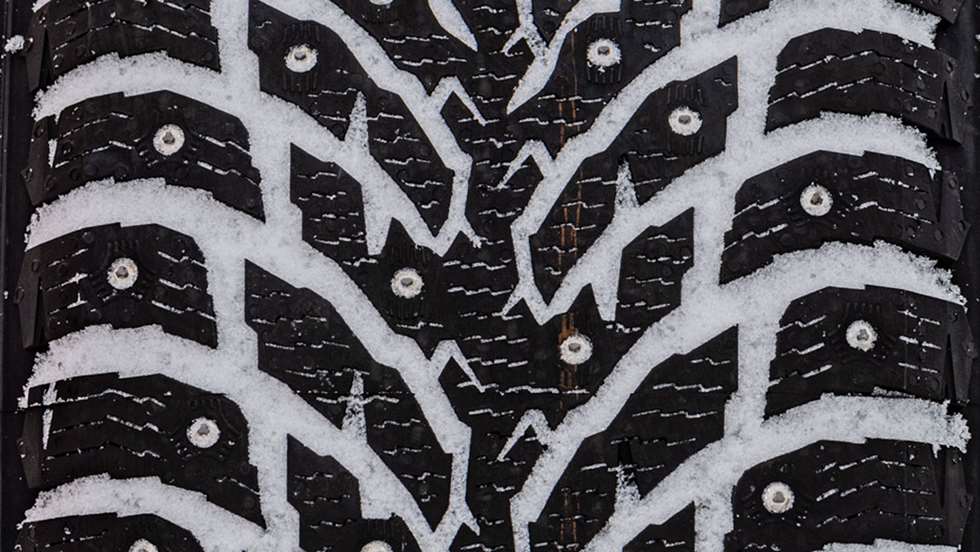
Another year, another podium finish for the Nokian Hakka series. The defending champion Hakka9 was right near the top in all winter performance categories and competent in all conditions. It also posted the best lap time on the wet road course. The only serious drawback to this tire – aside from cost – is the noise: the only louder tire was the Sailun.
This is the best winter tire in Canada in 2019 for serious winter driving conditions. In Western Canada, the Nokian Hakka 9 is available only through Kal Tire.
4th Place: Hankook Winter I*Pike RS2 W429
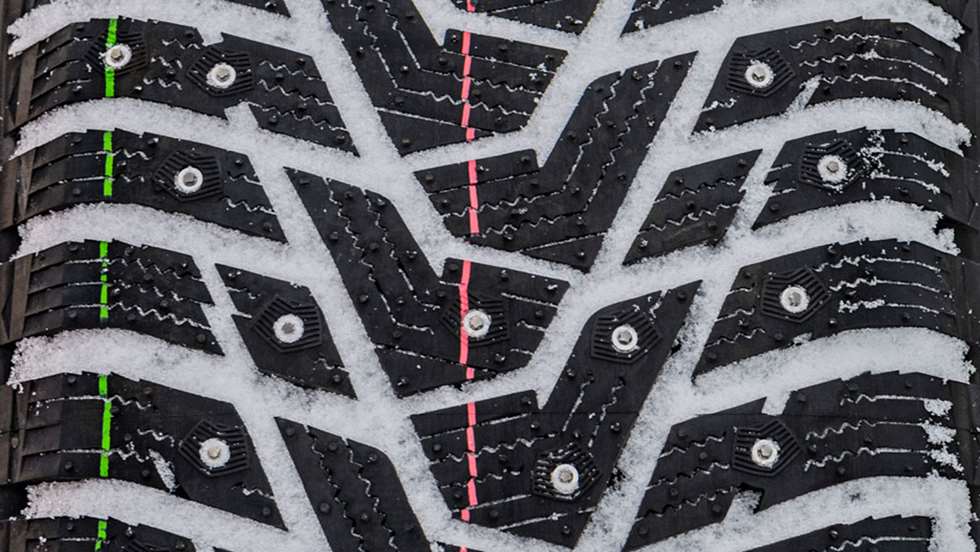
Hankook continues its status as “best of the rest” this year by being unspectacular but competent in all areas. The one category in which it excelled was the hydroplane test, which it won. It is the top tread design for cutting through and shedding deep water and slush.
The Hankook I*Pike RS2 429 is not available in Canada yet. Its predecessor – the RS 419 – is available in studdable but not factory-studded form.
5th Place: Goodyear Ultragrip IceArctic Soundcomfort
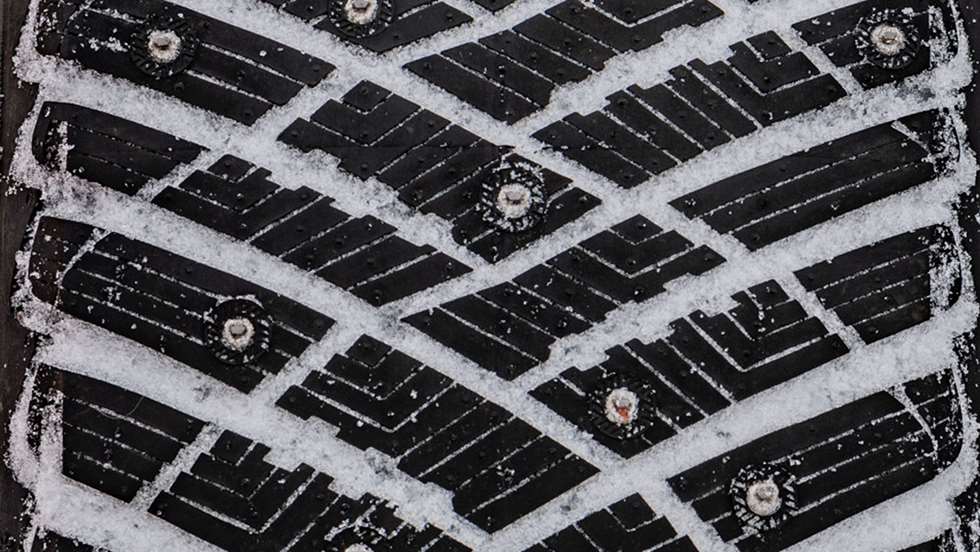
This appears to be the same IceArctic tire that has been featured in the past seven NAF tire tests, but with a slight modification to reduce road noise: a felt mat in the carcass dampens sound for improved comfort. It appears to have worked, as it tied the new Continental with rubber stud bases for second quietest studded tire in the test. Aside from that, it continued to be a competent tire that doesn’t stand out in any way.
The Goodyear Ultragrip IceArctic is not available in Canada.
6th Place: Bridgestone Noranza 001
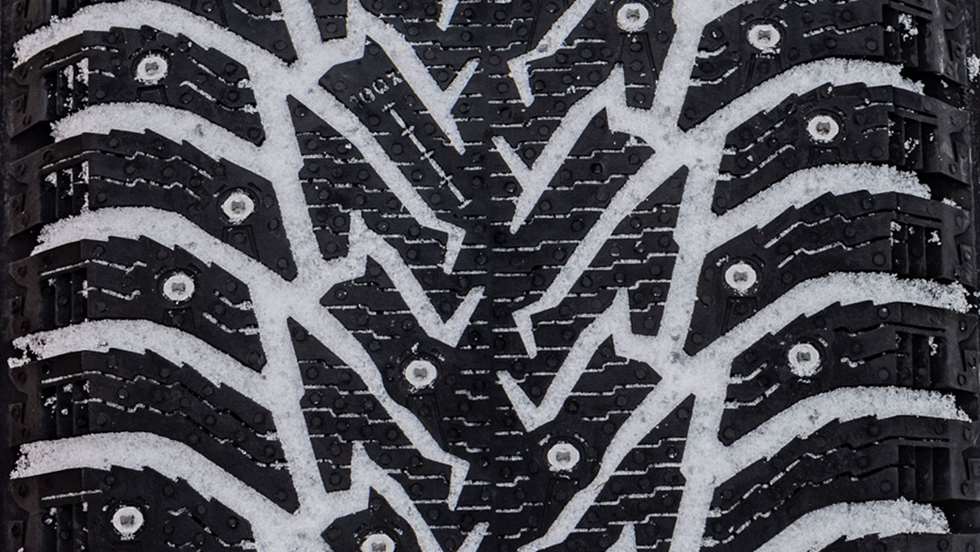
Another competent winter tire, but one that can be found near the back of the pack in most test categories. It was one of the best tires for dry road handling though.
The Bridgestone Noranza 001 is not available in Canada.
7th Place: Sailun IceBlazer WST3
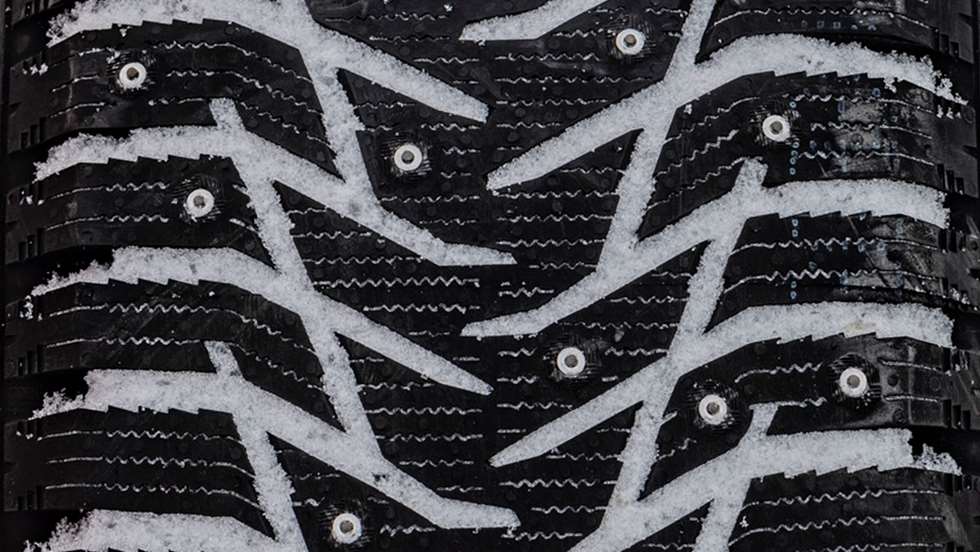
Inexpensive Chinese tire brands have appeared in NAF testing before. None performed competitively in winter conditions, but they were acceptable tires overall because they performed better than the top winter tires on dry and wet pavement. They would be excellent tires for winter driving that is almost entirely dry and wet pavement with occasional big snow days.
With the IceBlazer WST3, Sailun has managed to make a tire that is terrible in all conditions. It was the noisiest tire. It was firmly in last place for every category of snow and ice driving. It was always close to the bottom in the wet and dry tests too. Not only that, but after 50km of testing, it had already lost several studs.
There is no good reason to buy this tire.
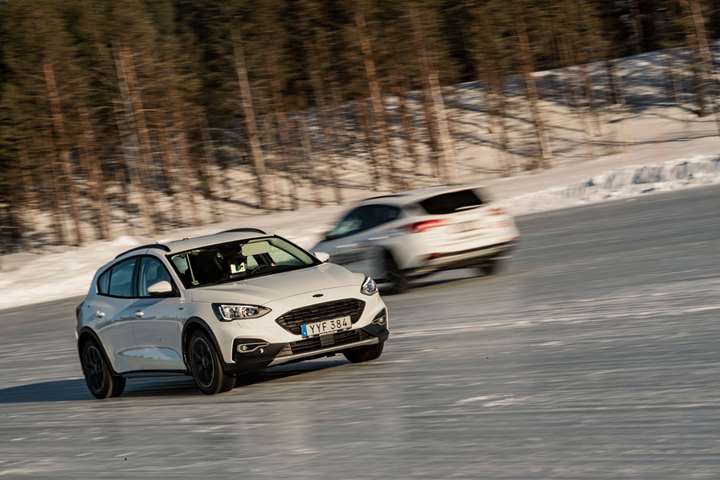
2019 Studded Tire Ranking List and Final Scoring
1: Continental IceContact 3 FlexStud – 88 points
2: Michelin X-Ice North 4 – 80 points
3: Studless tire (ContiVikingContact 7) – 76 points
4: Nokian Hakkapeliitta 9 – 75 points
5: Hankook Winter i * Pike RS2 W429 – 69 points
6: Goodyear UltraGrip IceArtic SoundComfort – 67 points
7: Bridgestone Noranza 001 – 62 points
8: Sailun IceBlazer WST3 – 32 points
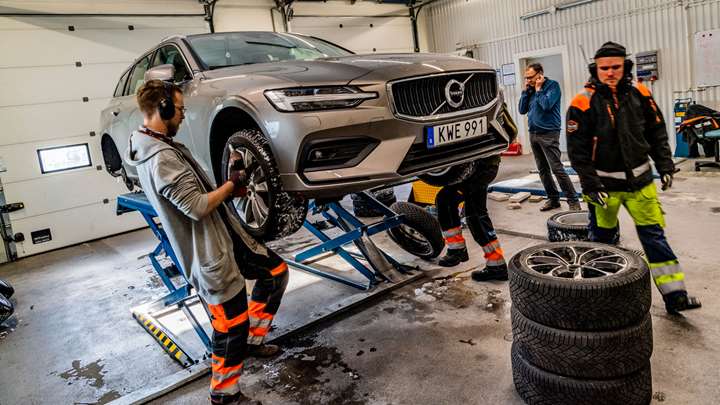
Studless Tires
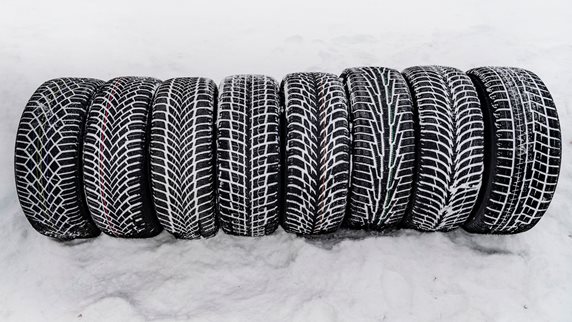
1st Place: Continental VikingContact 7
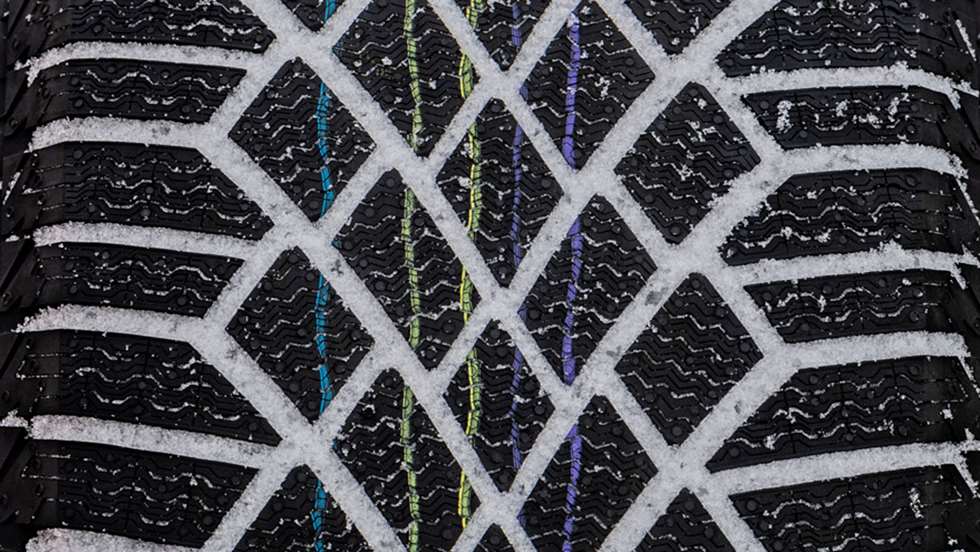
The VikingContact 7 repeats as champion of the studless class. Again, it dominated by easily winning every winter test category. In wet and dry conditions, it is competent. It’s also quiet. Its only issue is with handling deep water and slush. It hydroplanes more readily than any of its competitors. However, that’s not likely to cause any issues for as long as the tire has adequate tread depth for winter driving.
The Continental VikingContact 7 is now available in Canada.
2nd Place: Nokian Hakkapeliitta R3
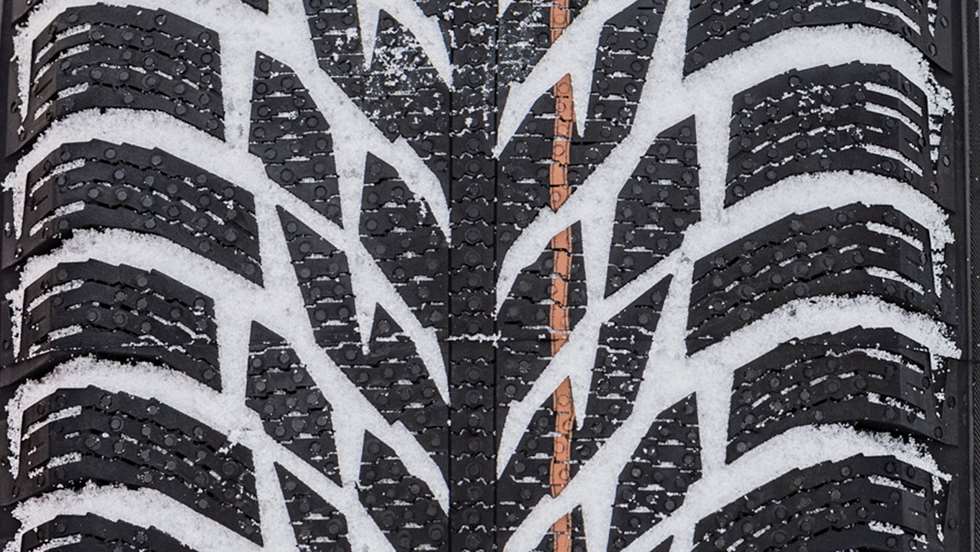
Another podium for the Hakka R3. Six podiums in seven years for this tire indicates there’s no need for change. This is a studless tire that you can count on for consistent performance. It was top three in every performance category except two, where it finished fourth and fifth.
The Nokian Hakka R3 is available in Canada.
3rd Place: Goodyear Ultragrip Ice2 Soundcomfort
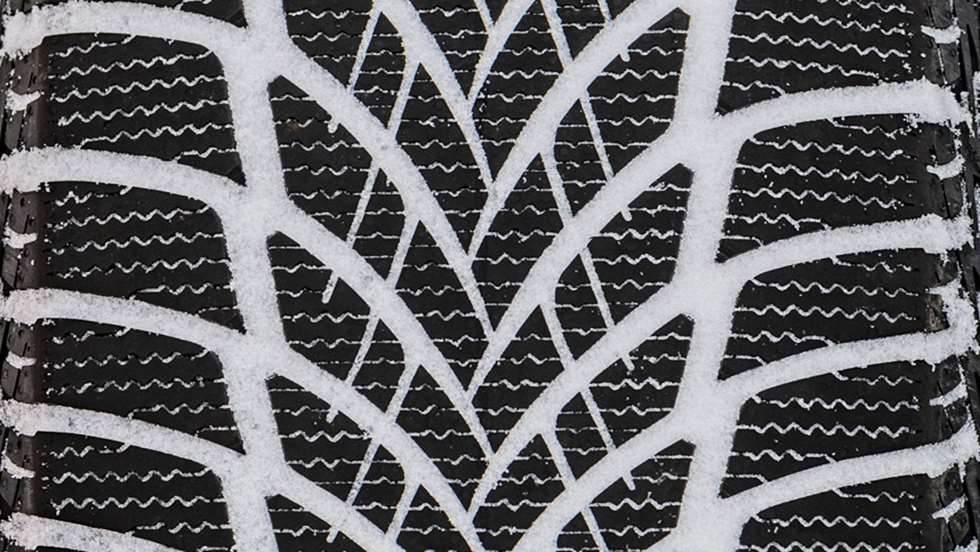
Speaking of podiums, the Goodyear Ultragrip Ice2 has been a lock for those since its release six years ago. This tire was upper-mid-pack in all test categories except the snow course and wet course, where it finished second in both. It also tied the VikingContact for the quietest tire in the test, so whatever the “soundcomfort” thing is, it seems to be working!
Goodyear offers many different winter tires in Canada, but not the Ultragrip Ice2.
4th Place: Nordman RS2
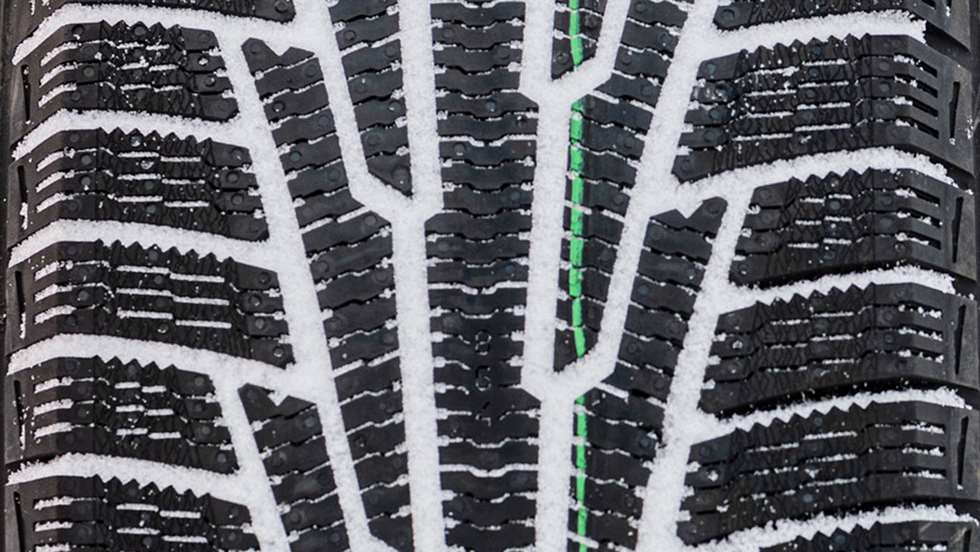
A competent performer in all conditions, the Nordman is a budget line offering old Nokian technology for a low price to European customers.
The Nordman RS2 is not available in Canada.
5th Place: Sava Eskimo Ice
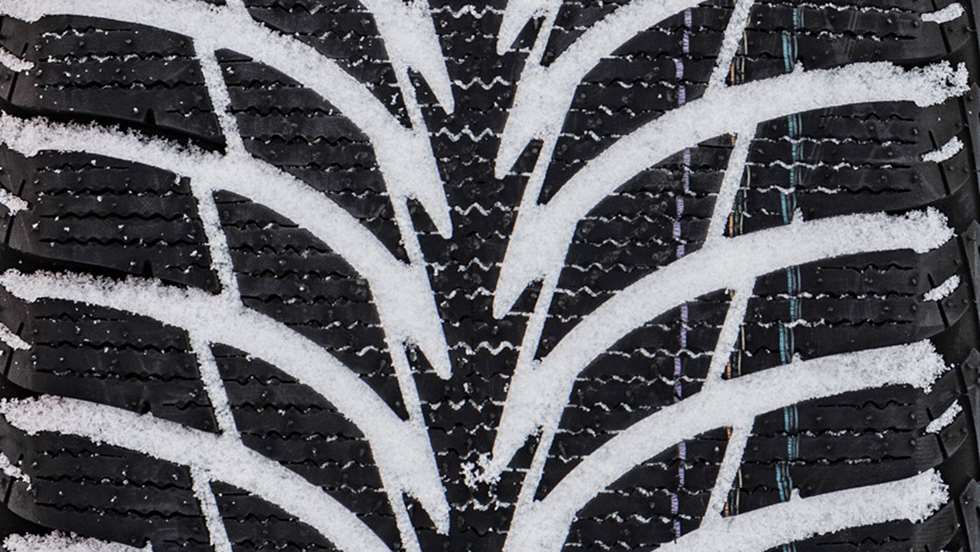
After an impressive 2nd place finish in the 2017 test, this tire from Goodyear’s European budget line returns for a mid-pack finish. Maybe Goodyear had to take a year to tweak the properties of their winter tires to ensure it didn’t beat their premium Ultragrip tire again! Regardless, the Sava performed well in all categories except the snow course, where it was slowest.
The Sava Eskimo Ice is not available in Canada.
6th Place: Yokohama IceGuard IG60
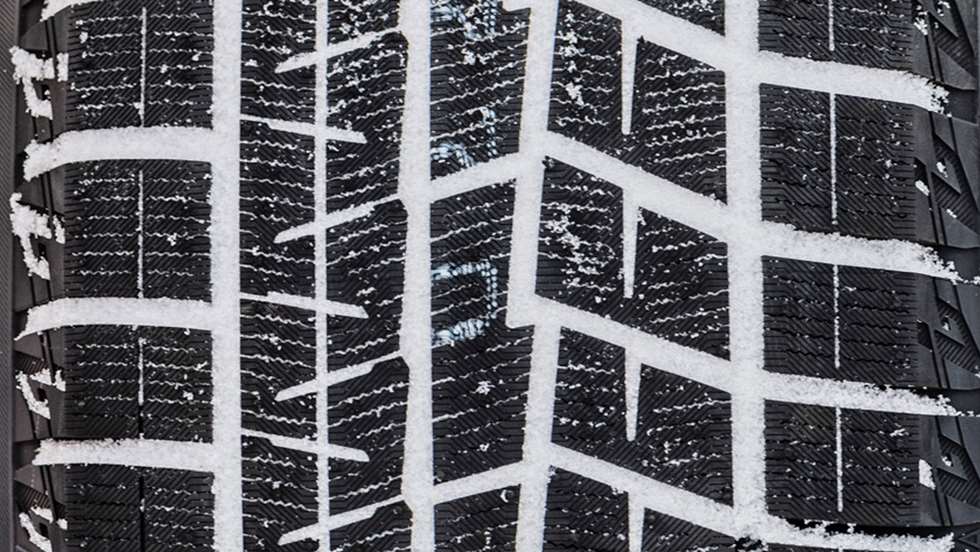
Yokohama barely avoided an embarrassing last place finish with its IG50 in 2016 by beating one of the two Chinese tires at the bottom of the rankings. Now it debuts its IG60 and should be proud of the improvement. It was a mid-pack performer in all categories except on the wet course – where it was slowest – and in the hydroplane test, where it beat only the VikingContact.
The Yokohama IceGuard IG60 is not available in Canada. The IG53 is, and may offer similar performance.
7th Place: Continental WinterContact TS860
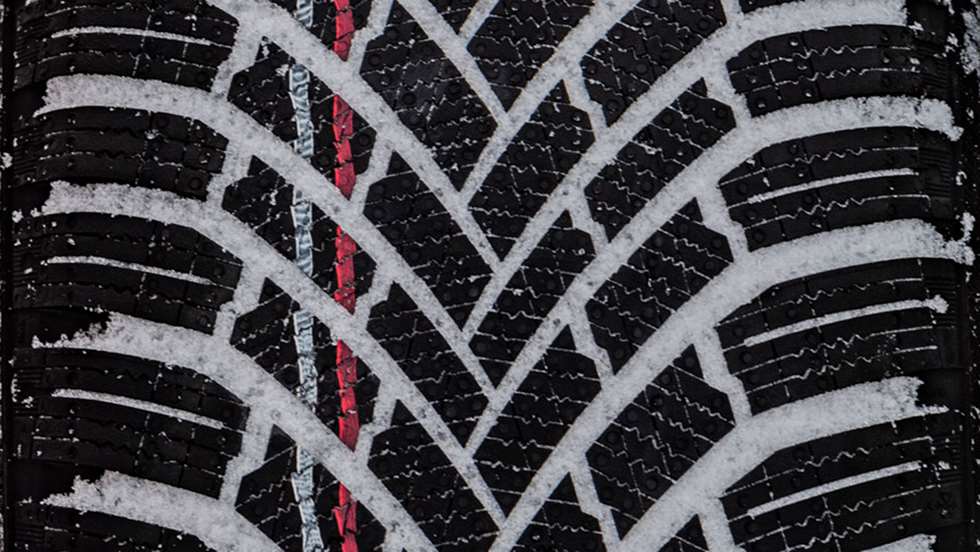
Continental manufactures a number of different winter tires with different personalities. Many drivers don’t want to sacrifice dry and wet performance to get the ultimate snow and ice performance of the VikingContact line, so Continental offers performance winter tires such as the TS860. This tire was designed to be used by high performance cars traveling the Autobahn on nice winter days, where the the VikingContact would feel overly soft and mushy at speed.
As such, this tire was easily the worst tire in winter conditions in this test, finishing last in every category except the snow course, where it beat the Leao and Sava. It was well behind even the cheap Leao tire on ice. But it dominated the wet and dry testing, and that was enough to push it above the Leao overall, despite the Leao being better in serious winter conditions.
The Continental WinterContact TS860 is not available in Canada. The TS860S is, and likely offers similar performance despite a dramatically different tread design.
8th Place: Leao Winter Defender Ice I-15
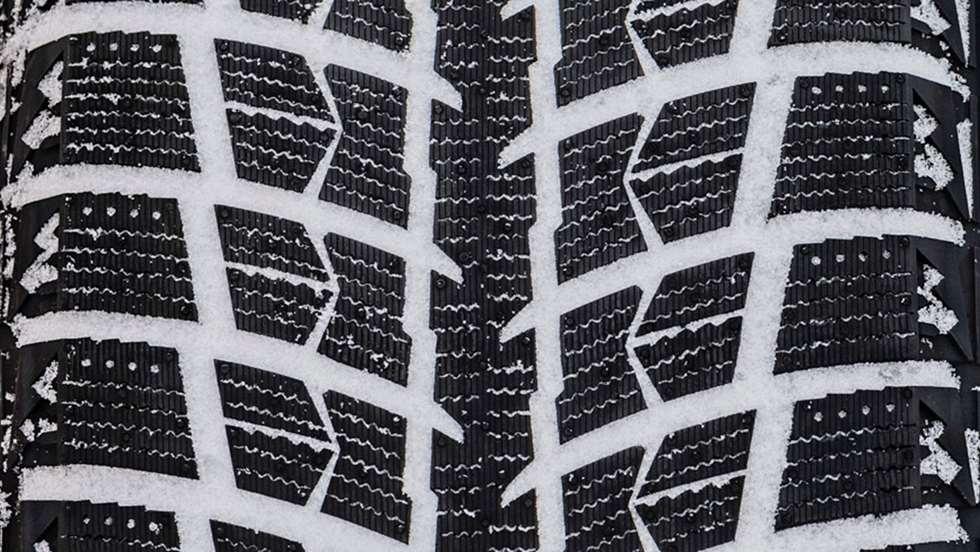
It’s traditional to throw a cheap Chinese tire into the mix, and this year it’s the Leao (by Linglong) Winter Defender Ice I-15. As expected, it was the worst tire in the test. But, thanks to the Continental TS860, it was never the worst tire in any of the winter categories. It gets credit for clinging to the back of the rest of the tires too; losing, but never getting blown out. This is not a tire you want to choose over a more respected and established brand, but if it were all a person could afford it would get you through the winter.
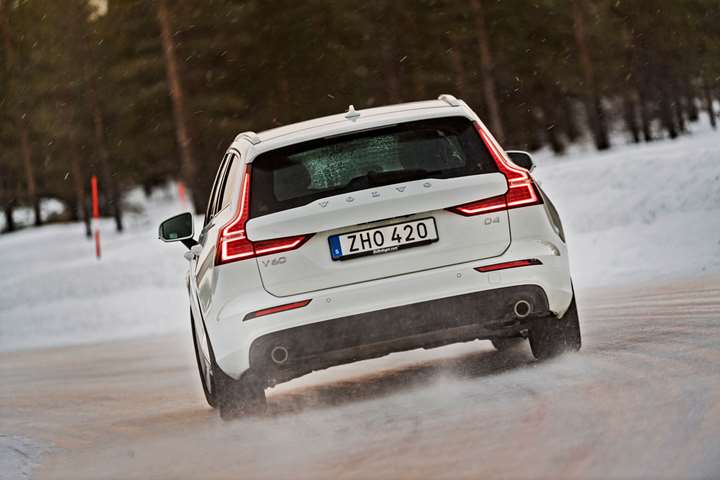
2019 Studless Tire Ranking List and Final Scoring*
1: Continental VikingContact 7 – 89 points
2: Nokian Hakkapeliitta R3 – 84 points
3: Goodyear Ultra Grip Ice2 Sound Comfort – 80 points
4: Nordman RS2 – 71 points
5: Sava Eskimo Ice – 66 points
6: Yokohama IceGuard IG60 – 61 points
7: Continental stud free tire (ContiWinterContact TS860) – 56 points
8: Leao Winter Defender Ice I-15 – 48 points
*Note: Scoring is relative to tires within the studless category only and values cannot be directly compared to those in the studded category.
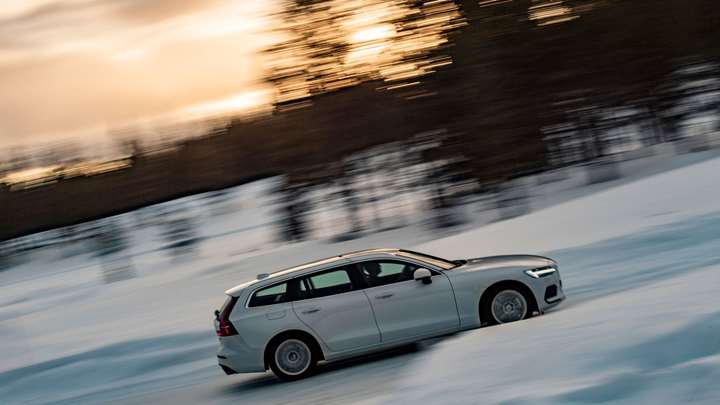
Testing
There have been a few changes to the testing for 2019. The test has relocated from Ivalo in Finland to a facility in Arvidsjaur, Sweden. So it’s fitting that they’ve added a test vehicle with a Swedish nameplate: a Volvo V60 on 225/50R17 tires. Previous tests were done using Ford Focuses and Volkswagen Golfs on 205/55R16 tires. The Focus was still used – with the new tire size – for the braking, acceleration, and hydroplane tests.
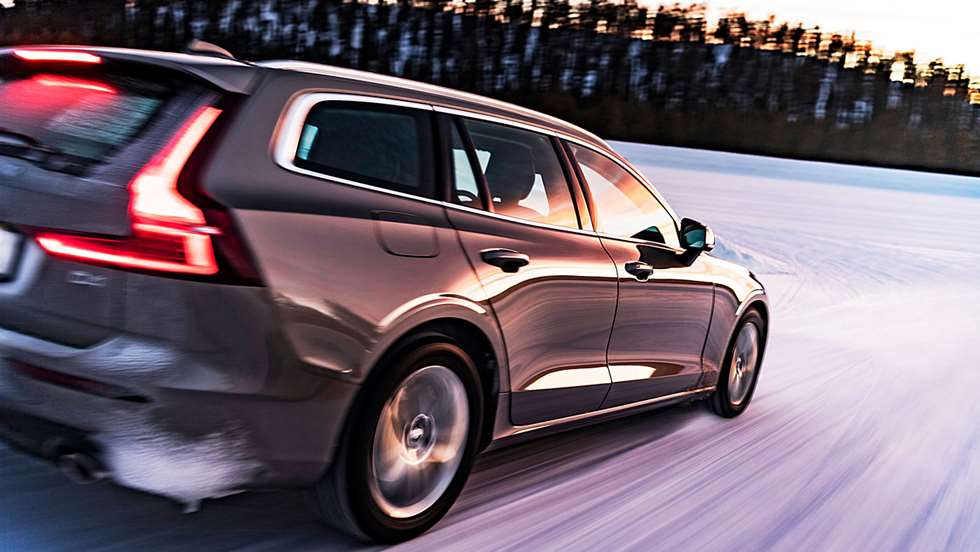
An overview of the test can be found here.
Testing details are explained here.
Test results in each category can be found here.
Scoring results can be found here.
